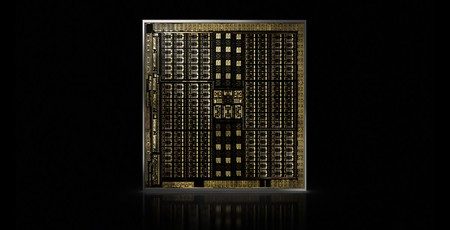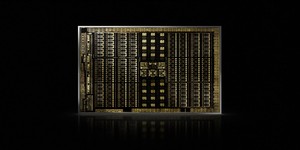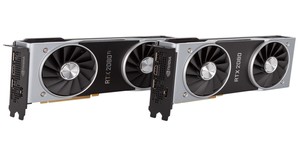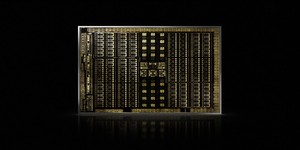
With reviews now out, Nvidia is keen to push uptake of its next-generation Turing graphics architecture - and to do so has announced availability of a series of software development kits (SDKs) designed to harness its shiny new features.
Initially launched for the professional market in the Quadro RTX range before making its way to well-heeled consumers in the GeForce RTX 2000 family, Nvidia's Turing architecture is a serious departure from the norm for the company: Rather than having a massive quantity of general-purpose processors all working in parallel, as with previous architectures, Turing replaces some processors with application-specific cores tailored for ray tracing (RT cores) and artificial intelligence (Tensor cores). New hardware requires new software, though, and as our review clearly shows software designed to take advantage of the architecture's new capabilities is currently thin on the ground.
Nobody is more aware of that than Nvidia, of course, which is why the company has announced the public release of a series of software development kits (SDKs) designed specifically for features of the Turing architecture. Of most interest to gamers will VRWorks Graphics 3.0, which adds new functionality for virtual reality applications running on Turing hardware including variable rate shading (VRS) which improves rendering performance by concentrating shading power on the most detailed areas of the scene and multi-view rendering (MVR), an upgrade to single-pass stereo which increases the number of projection centres or views per rendering pass from two to four. The NGX SDK, meanwhile, adds pre-trained networks for graphics, photo imaging, and video processing applications to accelerate their workloads via Turing's Tensor cores - though this functionality has been pegged as being available 'in the next few weeks.'
Elsewhere, Nvidia has confirmed a range of SDKs aimed at the deep learning and machine intelligence community, including a release candidate for TensorRT 5, cuDNN 7.3, NCCL 2.3, and CUTLASS 1.1 - the latter allowing the Tensor cores to be used for high-performance matrix multiplication using Nvidia's CUDA C++ extensions, which come as part and parcel of the new CUDA 10 release. The company has also announced new developer tools, including Nsight Compute 1.0 for interactive CUDA debugging and kernel profiling.
'Turing is one of the biggest leaps in computer graphics in 20 years,' boasts Nvidia's Adam Kerin. 'As the first Turing-based GPUs hit the shelves, we're delivering software innovations that help developers take advantage of this powerful architecture and boost computing performance.'
More information is available on Kerin's blog post.

MSI MPG Velox 100R Chassis Review
October 14 2021 | 15:04








Want to comment? Please log in.